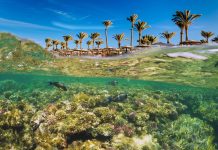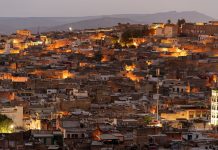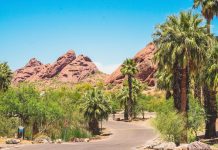Mexico is a land of valuable and beautiful Mayan archaeological sites, among which are the states of Chiapas, Campeche, Yucatan and Quintana Roo. Here’s a proposed route through Mexico’s iconic vestiges.
1. Palenque (Chiapas)
We start the route in Palenque, one of the most important archaeological sites of the State of Chiapas not only for the cultural legacy of its ancient inhabitants but for the rainforest environment that frames its construction. The heyday of the city dates back to between 600 and 700. These are the years of the great buildings such as the Temple of the Inscriptions. The Temple of the Inscriptions, the Grand Palace, the temples of the Cross, the Temple of the Red Queen and the Temple of the Sun are among the more than five hundred buildings housing the enclosure.
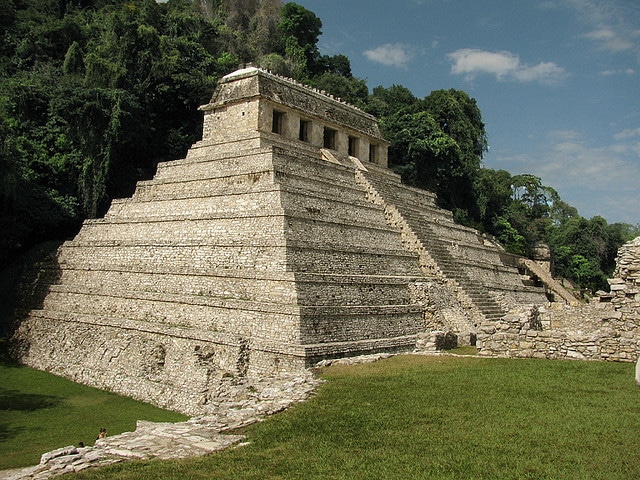
2. Edzná (State of Campeche)
The ancient Maya city that reached its peak between 650 and 900 AD is your next stop. Also called the Itza, the ruins of Edzná were one of the most important ceremonial centers the Preclassic period. Today you can see the amphitheater, the underground channels used to transport goods, the Pyramid of the Moon with about 100 steps and the Pyramid of the Niches, a masterpiece of 31 meters.
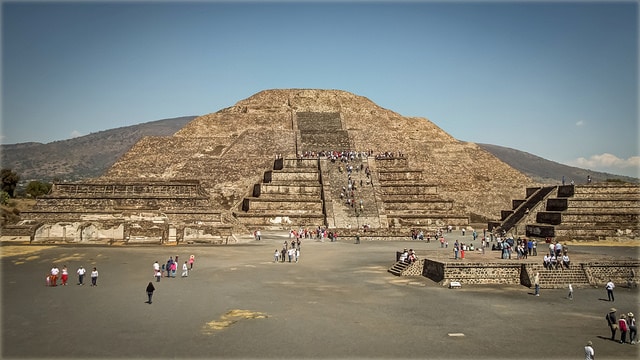
3. Uxmal (Yucatán)
In the State of Yucatan and especially in the Puuc hill, you can find the Mayan ruins of Uxmal. Belonging to the Classic period, Uxmal is one of the most important expressions of Maya architecture and artistic refinement. Throughout the area you can admire clear and symmetrical lines and samples of unique style called Puuc. Furthermore, the numerous projecting images of the god Chac, the rain god, are found in many places. There you can also find the Pyramid of the Magician or Magus, the Governor’s Palace, the House of the Turtles and the Quadrangle of the Nuns.
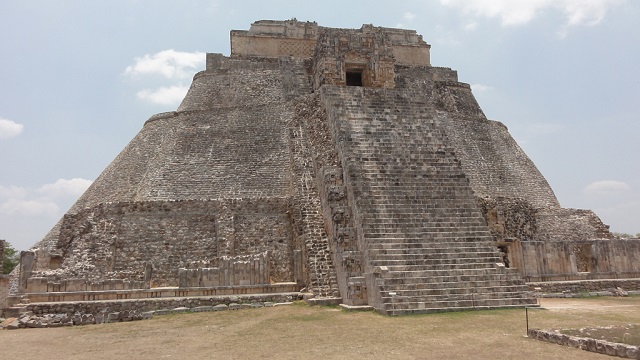
4. Chichén Itzá (Yucatán)
Next visit the remains of the majestic ceremonial center of Chichen Itza, founded in the year 514. This spectacular Kukulcan pyramid of four sides reaches 30 meters high and is crowned with a temple on top. Another one of the most attractive temples is the Temple of the Warriors, with boards decorated with sculpted figures of gods and animals. El Caracol, also known as the Astronomical Observatory, is one of the most striking buildings in the sacred city of Itza.
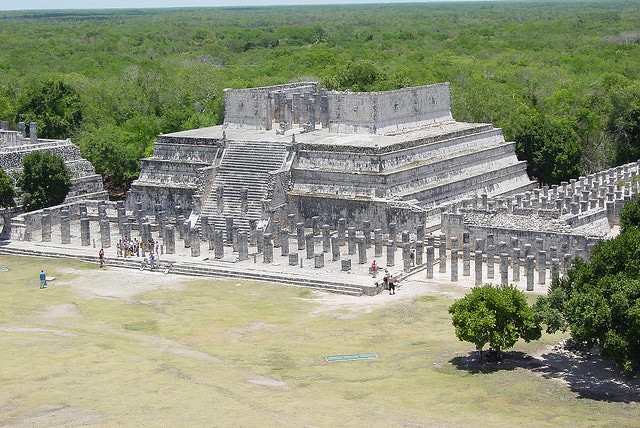
5. Tulum (Quintana Roo)
The ancient Mayan city of Tulum was built in the year 120. It had numerous buildings coated with stucco and brightly painted. Even the impressive murals of the Temple of Frescoes, whose facade is decorated with huge masks, are preserved.
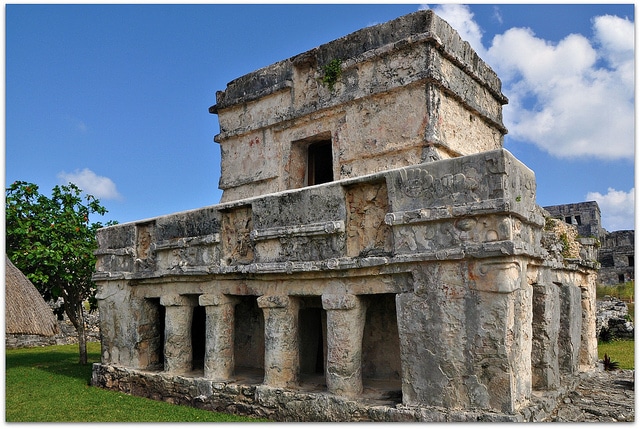
6. Coba (Quintana Roo)
The route ends at Coba, a major shopping center that was based in an area of sacred lakes with walkways and some of them came to reach 100 kilometers long. The highlights include the pyramid of the Temple of the Church of the Coba Group and the Great Pyramid that is the tallest building in the Mayan Yucatan Peninsula.
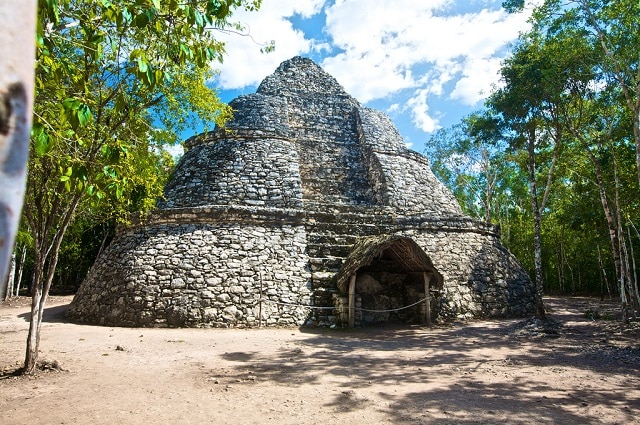
Mexico’s archaeological sights photos by: hans & liek, joe swallia, mastabrite, holly m., heidi g., chas.



